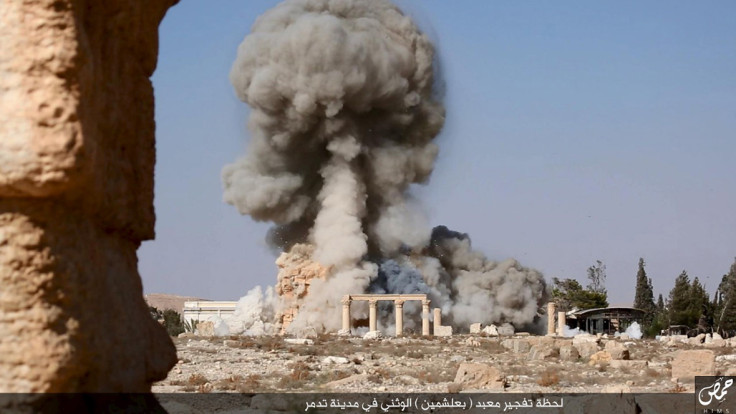Isis: Bashar al-Assad's Syrian army expected to retake ancient Palmyra 'within hours'

Bashar al-Assad's Syrian Army have reached the doorstep of the ancient city of Palmyra as they prepare to battle Islamic State (Isis) jihadists to retake the famous ruins. In recent days Syrian troops have driven IS (Daesh) back from the Unesco World Heritage site, according to reports from fighters nearby.
Last year IS captured the 2,000-year-old ruins and has since deliberately destroyed a number of its ancient monuments, blowing up temples and shrines it deems as blasphemous symbols of ancient religions. In the process they beheaded Khaled Asad, the 82-year-old Director of Antiquities at the museum who had spent decades reaching the site.
When Russian President Vladimir Putin shocked the international community by announcing his troops were to be removed from Syria on 17 March, he made it clear enough forces would remain to fight IS and recapture Palmyra. Last week Russian aircraft were flying up to 25 sorties a day over the so called "Pearl of the Desert" to assist al-Assad's troops.
Since IS took over Palmyra they have destroyed two temples, an arch and funerary towers, which has been met with worldwide condemnation. UN cultural agency, Unesco, has declared the destruction of the city a war crime.
Syrian state news agency, Sana, reported that troops backed by pro-government militiamen were marching quickly into Palmyra from the south-west after killing IS insurgents in the area.
"We are 850 metres from Palmyra city. In a few hours [government] forces will declare the city of Palmyra completely secure, God willing," another soldier fighting on the frontline told the Ikhbariya TV channel in a live broadcast.
The historic site used to welcome over 150,000 visitors each year before the Syrian Civil War began in 2011. Apart from its historical significance it sits on a strategically crucial route between the capital, Damascus, and the IS stronghold of Deir al-Zour in the east.
The city boasts art and architecture from 100AD along with Greco-Roman architecture. Over 1,000 columns, an ancient Roman aqueduct and 500 tombs are situated on the vast site.
© Copyright IBTimes 2025. All rights reserved.






















